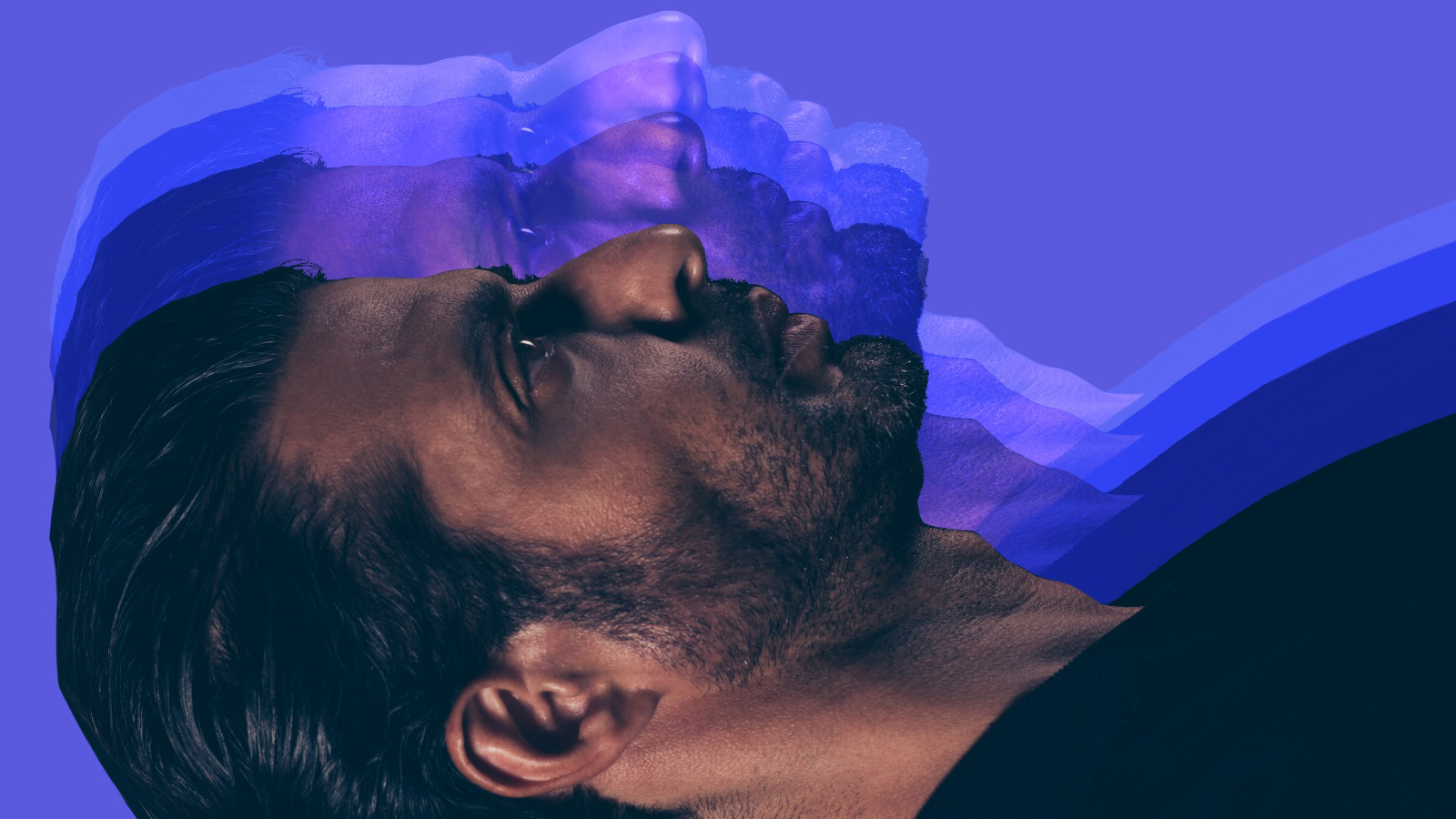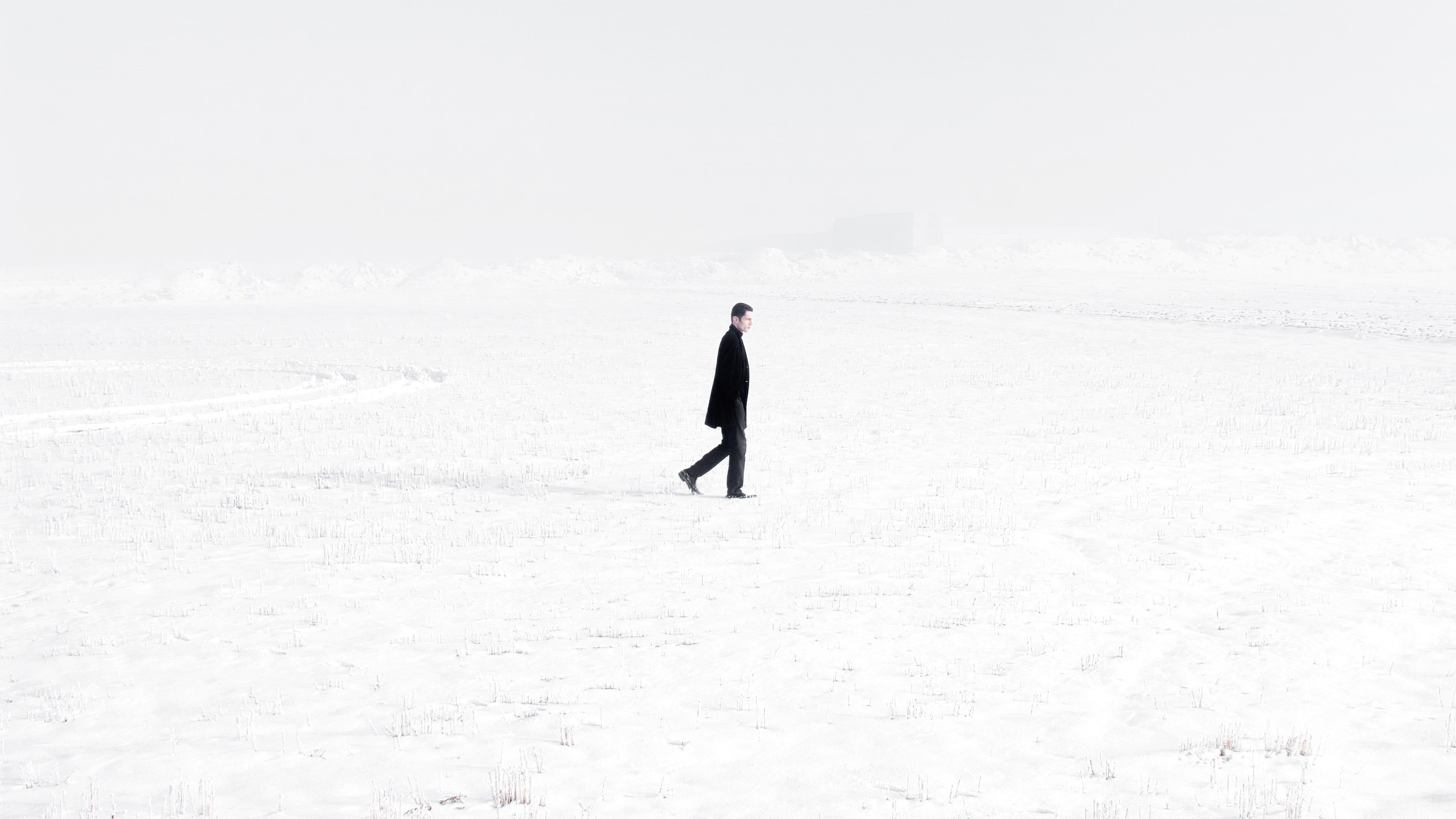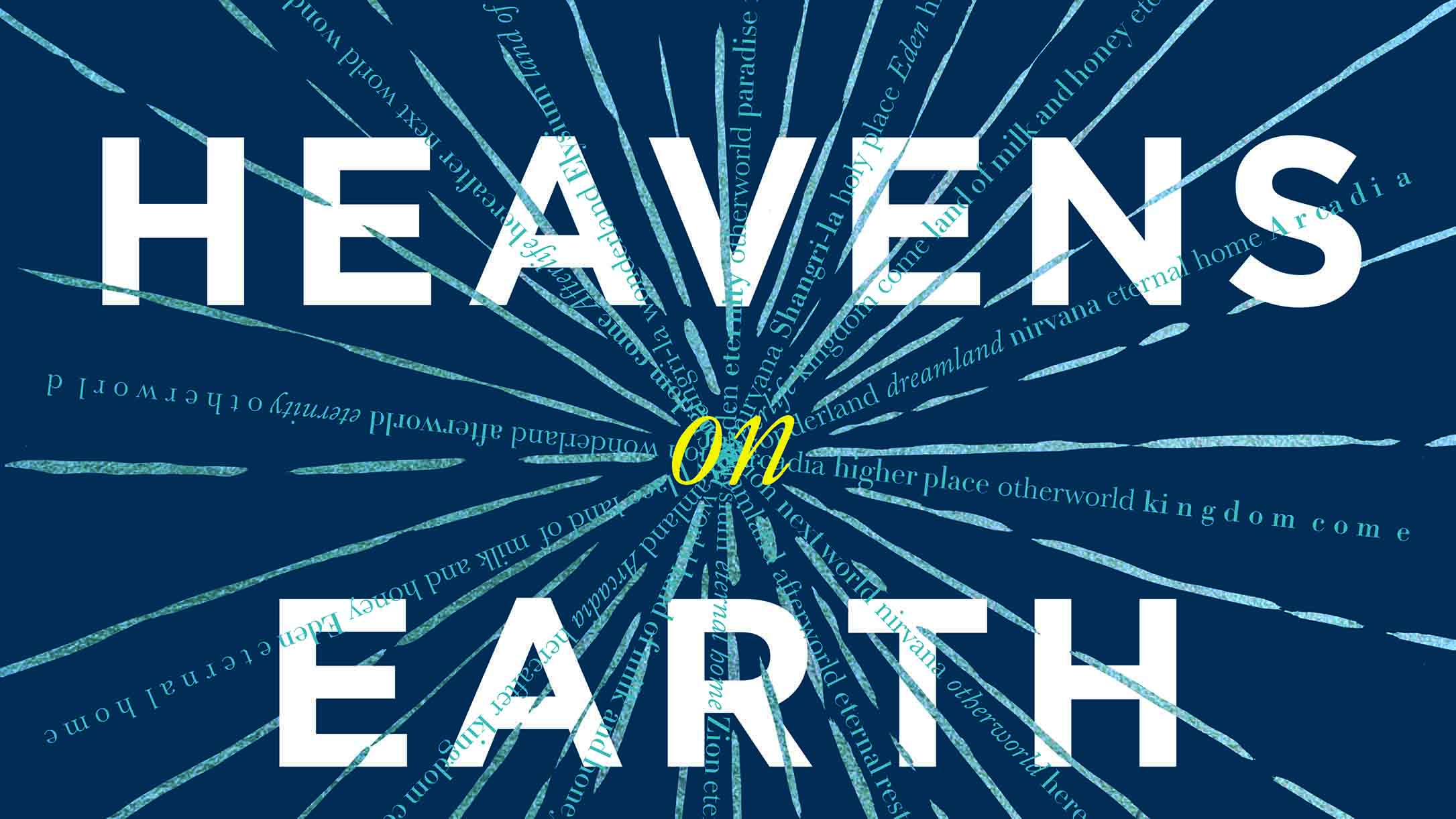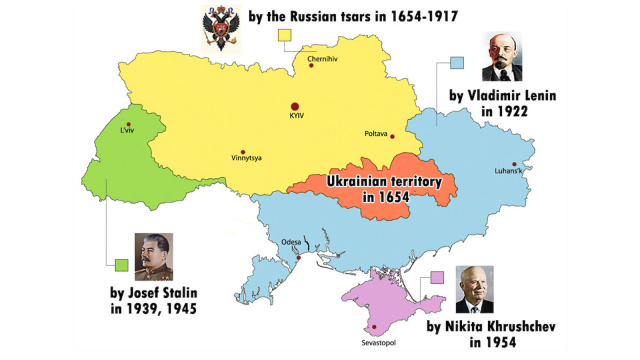Activity of dying brain shines light on near-death experiences

- For the first time, scientists have captured the brain activity of a person during their death.
- The study occurred by accident. The researchers were analyzing the brain activity of an epilepsy patient when he unexpectedly died.
- The findings may shed light on what occurs during near-death experiences.
For the first time, scientists have captured the brain activity of a person during their death — and it may explain what’s happening biologically when people see their lives “flash before their eyes” during near-death experiences.
The challenge: Near-death experiences are a strange phenomenon shared by millions of people across cultures and history who almost died but ultimately survived.
Though the specific vary, most of these people report feeling a calm wash over them at the moment death seemed imminent. Often, they report feeling like they left their bodies or saw their entire lives flash before their eyes before returning to reality.
The fact that so many people report such similar experiences suggests that our brains might all react in similar ways just prior to death, but studying near-death experiences is incredibly difficult as it’s all but impossible to predict when someone is going to have one.
The patterns they saw are usually involved in high-cognitive functions and activities such as dreaming, memory recall, and meditation.
The idea: Researchers at the University of Tartu, Estonia, weren’t actually trying to study near-death experiences when they recorded the brain activity that’s now helping scientists understand them.
The patient behind these brain waves had epilepsy, and the doctors were recording his brain activity using continuous electroencephalography (EEG) in the hope it would help them detect upcoming seizures. Unfortunately, the man just happened to have a heart attack and died during the recording.
The study: After the man’s death, the Estonia team partnered with scientists in the U.S., Canada, and China to analyze the recorded brain activity, publishing a study on it in Frontiers in Aging Neuroscience.
“We measured 900 seconds of brain activity around the time of death and set a specific focus to investigate what happened in the 30 seconds before and after the heart stopped beating,” study organizer Ajmal Zemmar, a neurosurgeon at the University of Louisville, said in a press release.
“The brain may be playing a last recall of important life events just before we die.”
Ajmal Zemmar
The brain wave patterns they saw in that minute the heart stopped beating are usually involved in high-cognitive functions and activities such as dreaming, memory recall, and meditation.
Zemmar speculated, “[T]he brain may be playing a last recall of important life events just before we die, similar to the ones reported in near-death experiences.”
The really big picture: This is just one case study, and the patient had previously suffered from seizures as well as brain injury and swelling, so it’s hard to say how much his brain activity is reflective of the “norm” in humans.
Zemmer hopes to study more cases in the future, but at least we now have a glimpse at what’s happening in the brain during death — and it suggests that people’s serene near-death experiences might not be so different from actual death experiences.
“Something we may learn from this research is: although our loved ones have their eyes closed and are ready to leave us to rest, their brains may be replaying some of the nicest moments they experienced in their lives,” Zemmer said.





